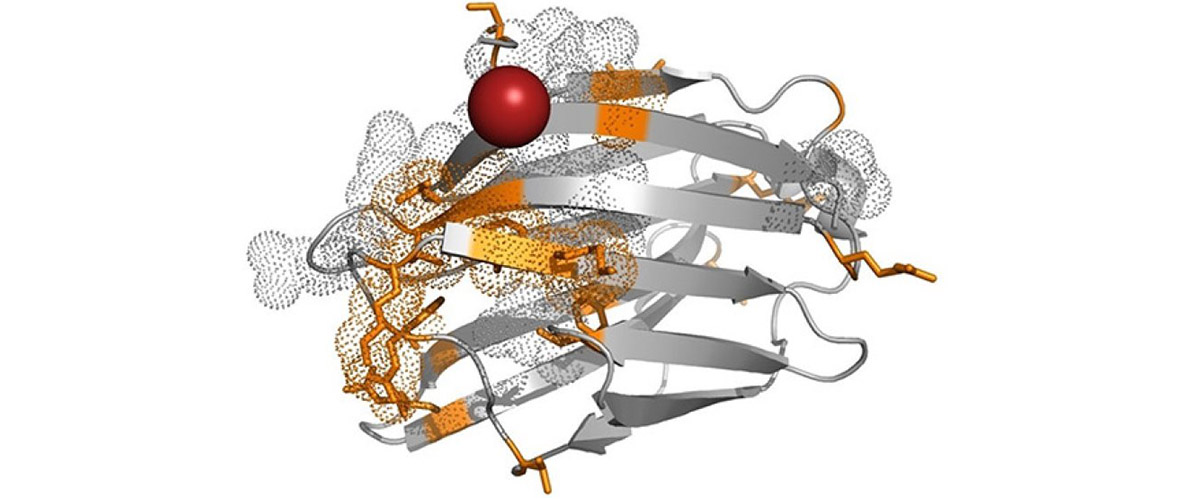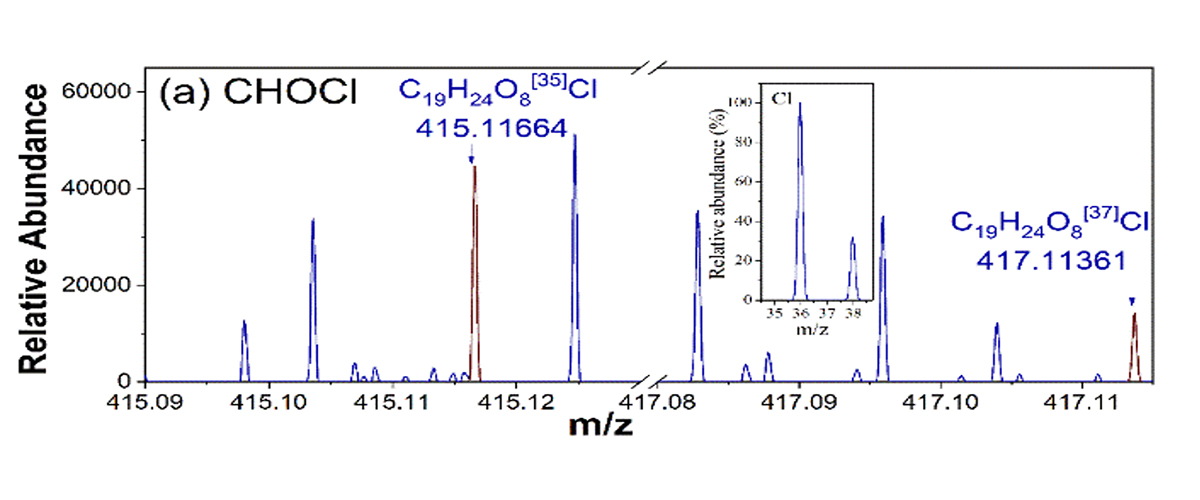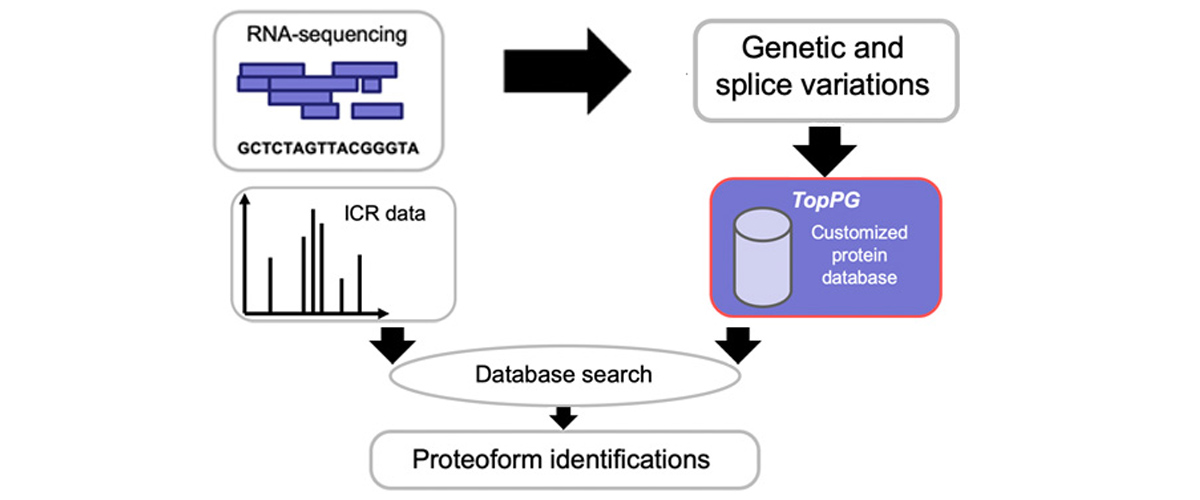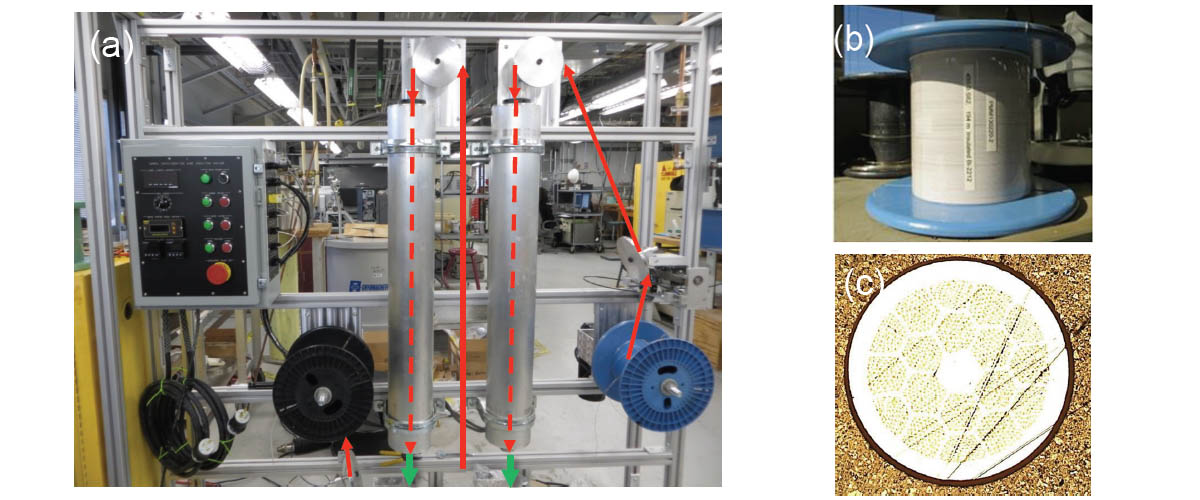What did the scientists discover?
A collaborative team of chemists, biochemists, and structural biologists were able to attach a polymer to a protein and determine how the polymer can improve the potential to develop the protein into a therapeutic drug. Polyethylene glycol (PEG), a commonly used polymer was found to improve the stability of a protein to make it more useful as a potential therapeutic for treating cancers and inflammatory diseases.
Why is this important?
Proteins are promising therapeutics, but are typically unstable in the human body. Also biologics, including PEGylated proteins, are increasingly used as therapeutics, but there is little experimental data on how polymers impact the properties of biologics. Using NMR, the Eddy lab provided mechanistic insight into how polymers increase the thermal stability of proteins in conjugates. This data will be expanded in studies that provide a rational for designing protein-polymer conjugates with predictable chemical properties.
Who did the research?
A Pritzlaff, G Ferré, E Mulry, L Lin, N Gopal Pour, DA Savin, ME Harris, MT Eddy
University of Florida, Department of Chemistry
Why did they need the MagLab?
To observe the protein-polymer conjugates, the research team needed the high magnetic fields and sensitive NMR instrumentation provided by the instruments at the MagLab’s AMRIS Facility.
Details for scientists
- View or download the expert-level Science Highlight, Atomic-Level Insights into How Polymers Improve Protein Therapeutics
- Read the full-length publication, Atomic-Scale View of Protein-PEG Interactions that Redirect the Thermal Unfolding Pathway of PEGylated Human Galectin-3, in Angewandte Chemie International Edition.
Funding
This research was funded by the following grants: G.S. Boebinger (NSF DMR-1644779); M.T. Eddy (NIH R35GM138291); E. Mulry (NIH T32 GM136583); M. Harris (NIH R35GM127100)
For more information, contact Joanna Long.






